Junge AG Summerschool
In the beautiful city of Bamberg, at the Dr. Karl Remeis Observatory, where Bamberg’s Institute for Astronomy is located, a group of enthusiastic young astronomers spent a weekend learning about X-ray astronomy, giving talks about their own research, listening to stories about the Observatory, and enjoying the fairy-tale landscapes, within the Junge Astronomische Gesellschaft Summer School. After a mutual dinner and a famous Rauchbier on a Friday evening, two days packed with activities followed.
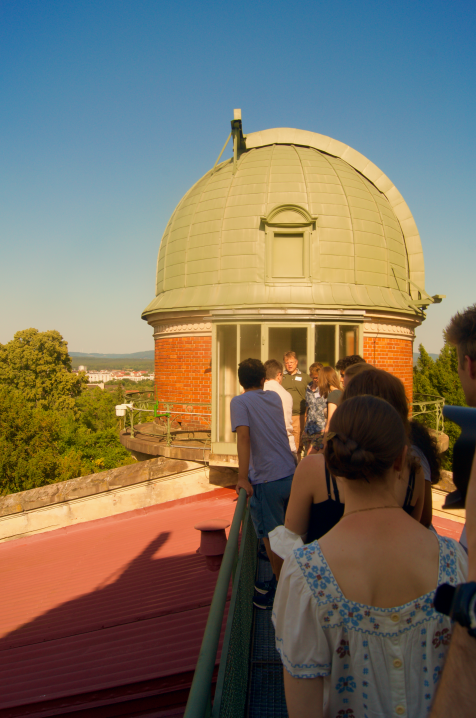
Saturday started with a greeting and a few interesting stories about the Observatory, by Prof. Dr. Manami Sasaki, one of the two Institute directors. After the greeting, a session on X-ray astronomy and eROSITA (extended Roentgen Survey with an Imaging Telescope Array), an X-ray instrument onboard SRG (Spektrum Roentgen Gamma) mission followed (read more about eROSITA here). For this session, master and PhD students working on eROSITA gave an introduction to X-ray astronomy and a thorough overview of the eROSITA mission and science. Sabina Bahic started the session, by giving a historical overview and challenges that X-ray astronomy faced through times, as well as explaining how X-rays are produced and detected, and why is this different than, for example, detection of optical photons. Then, a talk about the eROSITA mission followed, given by Katharina Egg. Katharina talked about specifications of eROSITA, about its mirrors and CCD cameras, its detection capabilities, its scientific potential and goals, as well as some impressive first results. After learning about the mission, participants had the opportunity to hear and see how eROSITA data is being handled, in a talk given by Federico Zangrandi. Among other things, Federico talked about the extraction of X-ray spectra, and through which troubles the X-ray background extraction is putting us.
After the eROSITA session, Tobias Beuchert, science editor at Max Planck Society, gave a talk about different possible paths that one can take while pursuing a career in astronomy.
Tobias’ talk was followed by the introduction of participants, where each participant prepared a couple of slides about themselves and their work.
Following a well deserved lunch break, Dr. Markus Hundertmark gave an inspiring talk about the Vera C. Rubin Observatory (LSST). He gave an overview of the Rubin Observatory mission and science collaborations, about optimizing the cadence (in context of galactic gravitational microlensing), about public alerts, as well as about broker ecosystem/target and observations manager (read more about the Rubin Observatory here).
The day was concluded by a guided tour of the Observatory, lead by Prof. Dr. Joern Wilms, the other Institute director. The participants had the opportunity to hear about an unconventional history of the observatory, and about the life of its founder, Karl Remeis, who was in fact a lawyer. Although astronomy was his true passion, he pursued it only for a short period at the end of his life (read more about Karl Remeis here). Dr. Joern Wilms showed the participants valuable old instruments that are kept at the observatory, as well as peculiar spots inside the observatory. Finishing the tour at the dome of the observatory, participants felt that special charm that only old buildings have.
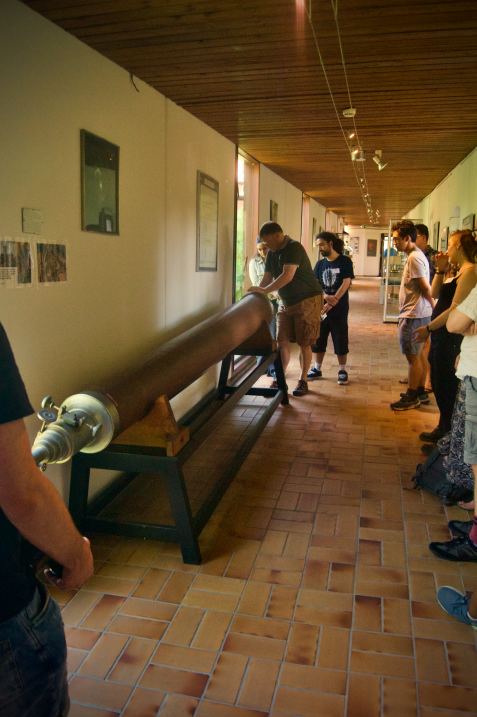
First day of the Summer School was concluded at the mutual dinner in a lovely Italian place at the old town.
Sunday was reserved for the Junge AG Colloquium, for which the participants volunteered to prepare a talk about their own work. After an introduction to the Junge AG, given by Dr. Markus Hundertmark, a sequence of talks on various topics started, and each speaker delivered an interesting story about their research. Following talks were given:
- Christiane Göppl “Search for Clusters in the Carina Nebula Complex”
- Aditya Pandya “Examining the velocity dispersion-Temperature relation of the galaxy clusters across the sky”
- Adhishree Lahiri “Investigating galaxy clusters A3407 and A3408 using eROSITA data”
- Azlizan Adhyaqsa Soemitro “The renaissance of the planetary nebula luminosity function"
- Konstantin Haubner “The PeVatron candidate Westerlund 1”
- Alex Golovin “Identification of new nearby white dwarfs using Gaia DR3”
- Harry Dawson "The population of hot subdwarf stars studied with Gaia: The dawn of volume-complete samples"
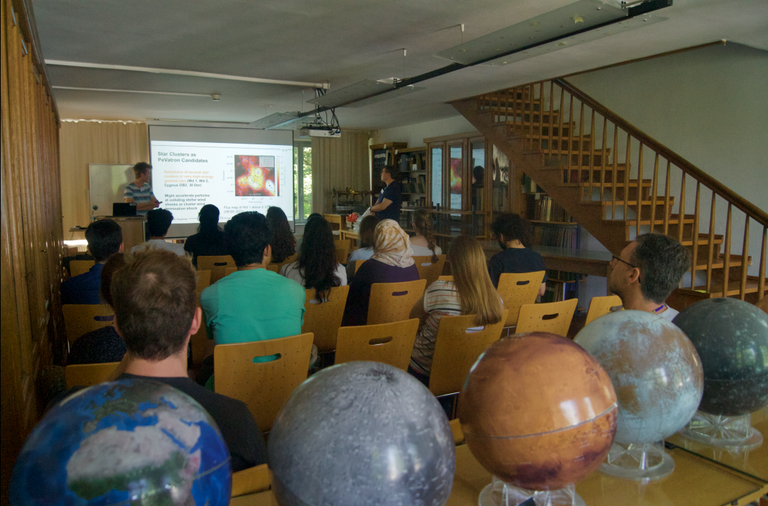
The second day ended with a talk about astronomy in Germany, given by Dr. Markus Hundertmark, followed by an unconferenced discussion, where participants expressed their ideas and opinions about the Junge AG.
Before catching their train connections to home, the participants headed to the old town of Bamberg, where a local master student, Katharina Egg, showed some of the main attractions and historically significant spots.
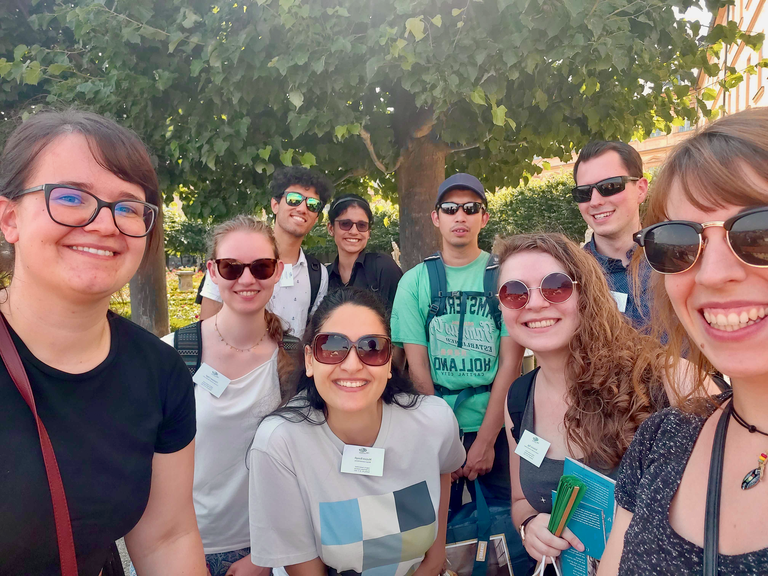
We hope that each participant of the Junge AG Summer School had a lot of fun learning new things and meeting new people in the city where quite a few German astronomers have their roots. Many thanks to the main organizer, Dr. Markus Hundertmark, the Observatory for hosting, the local organizing committee and the support of the AG Office (Katharina Egg, Katharina Jurk, Federico Zangrandi, Paavai Rajasekar, Aafia Mohideen, Philipp Weber, Alex Golovin, Renate Hubele, Steven Hämmerich, Sabina Bahic). We are looking forward to many more summer and winter schools!
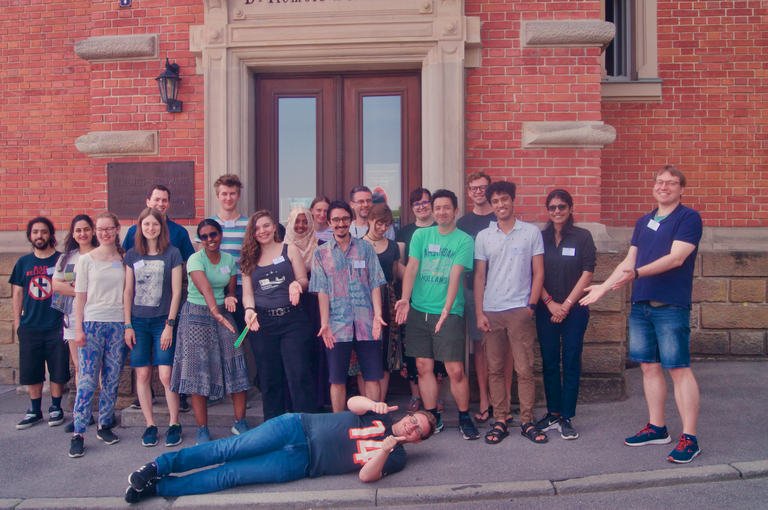
Photo credit: Steven Hämmerich
Text: Sabina Bahić



